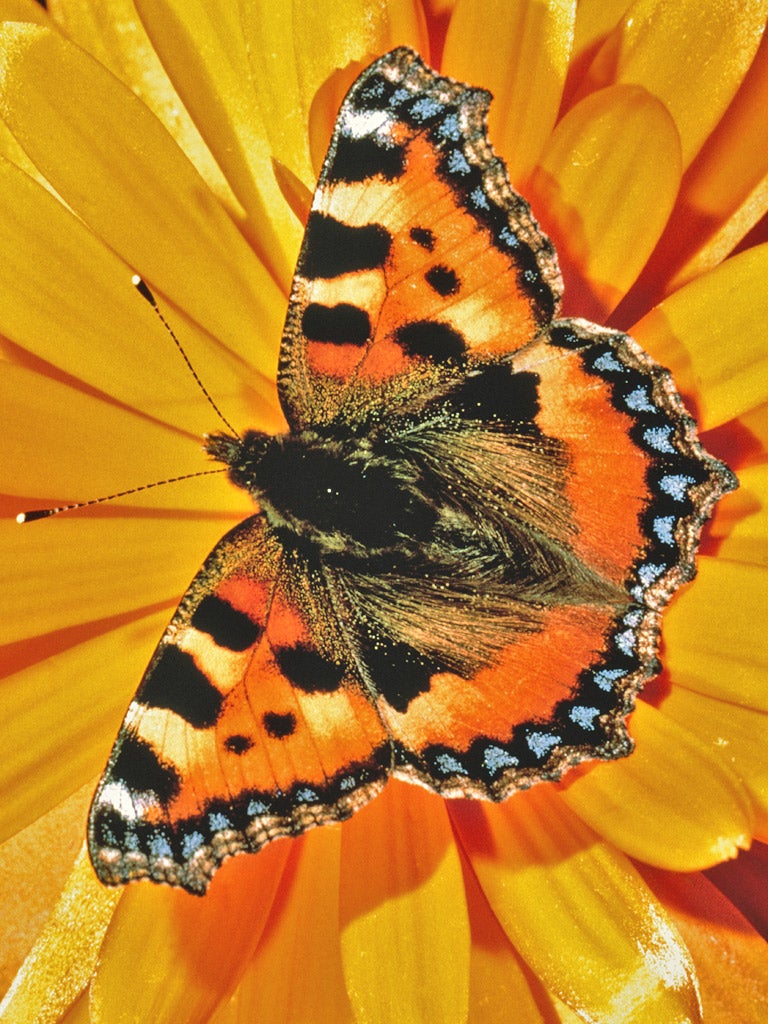
Your support helps us to tell the story
From reproductive rights to climate change to Big Tech, The Independent is on the ground when the story is developing. Whether it's investigating the financials of Elon Musk's pro-Trump PAC or producing our latest documentary, 'The A Word', which shines a light on the American women fighting for reproductive rights, we know how important it is to parse out the facts from the messaging.
At such a critical moment in US history, we need reporters on the ground. Your donation allows us to keep sending journalists to speak to both sides of the story.
The Independent is trusted by Americans across the entire political spectrum. And unlike many other quality news outlets, we choose not to lock Americans out of our reporting and analysis with paywalls. We believe quality journalism should be available to everyone, paid for by those who can afford it.
Your support makes all the difference.Butterfly numbers fell by more than a fifth across the UK countryside last year, a study has revealed.
The 22% drop in butterflies in 2011 is thought to be the result of an unusually cold summer and the ongoing deterioration of suitable habitat for the insects, wildlife charity Butterfly Conservation said.
The "wider countryside butterfly survey" involves counting butterflies in more than 700 random one kilometre squares across the UK landscape.
A garden favourite, the small tortoiseshell, did particularly badly last year, with fewer than one butterfly seen per kilometre walked by recorders.
Butterfly Conservation said the low numbers were a cause for concern as less than a decade ago the small tortoiseshell was likely to be seen in almost every garden and flower-rich spot.
The common blue also struggled, with the butterfly spotted in only a third of the sites surveyed, compared to more than half in 2010.
And the once-widespread wall butterfly was largely absent from central England, the study revealed.
The meadow brown was the most widespread and abundant butterfly, spotted in 80% of surveys.
Overall, recorders saw an average of 47 butterflies from seven species per survey made last July and August.
The results are a 22% decrease on the 2010 figures and 41% down on 2009, the first year of the scheme, when recorders spotted an average of 80 butterflies and eight species.
The survey's co-ordinator Dr Zoe Randle said: "The new survey is proving vital in getting better information on how our common butterflies are faring across the countryside as a whole.
"The gloomy results show we need to step up efforts to rebuild a better countryside for butterflies."
The survey is run by Butterfly Conservation, the British Trust for Ornithology and the Centre for Ecology and Hydrology (CEH) as part of the UK butterfly monitoring scheme.
Kate Risely, of the BTO, said: "It is important to carefully monitor the numbers of our wider countryside butterfly species in order to detect potential threats to their populations.
"Results from the upcoming 2012 survey and in years to come will show whether these declines are sustained."
PA
Join our commenting forum
Join thought-provoking conversations, follow other Independent readers and see their replies
Comments